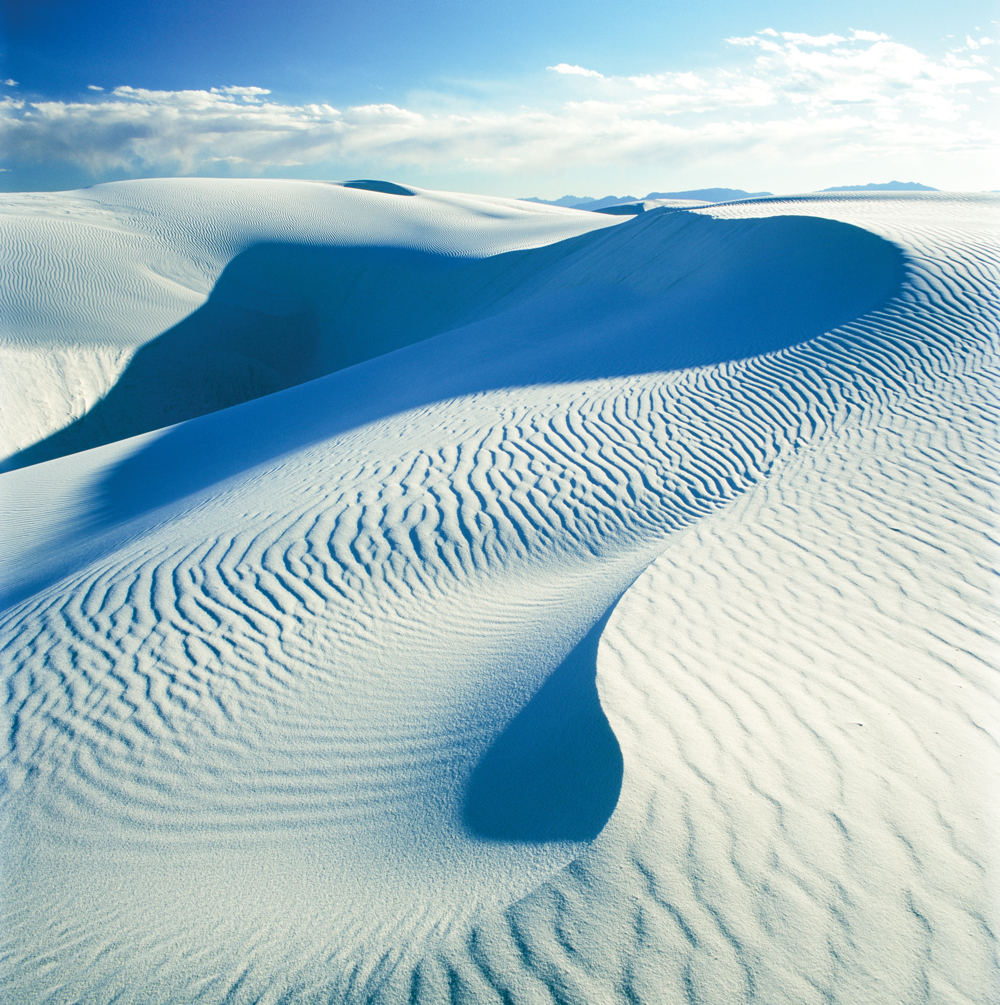In the middle of the Tularosa Basin sits the world’s largest gypsum sand dune field, covering over 275 square miles of desert in New Mexico. Gypsum, a soft mineral left behind when water evaporates, rarely appears as sand. However, about 12,000 years ago, as the climate warmed, rain and snowmelt washed gypsum from the surrounding mountains into the lake that once filled the Tularosa Basin. As the area dried up and the lake evaporated, large quantities of gypsum remained, forming the sand dunes we see today. You might recognize the dazzling white sand dunes, colorful sunsets and brilliant night sky from many films, music videos and commercials.
—Prepared by the World Tribune staff
You are reading {{ meterCount }} of {{ meterMax }} free premium articles

